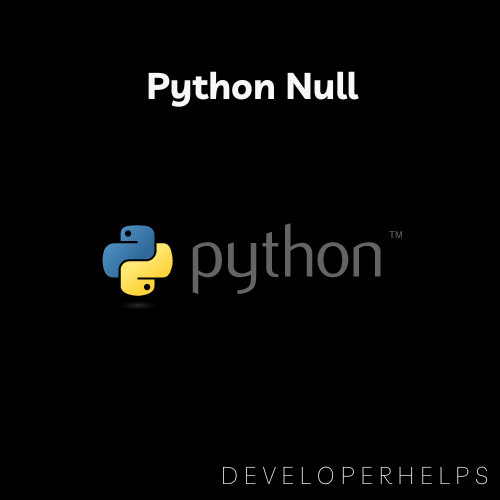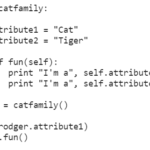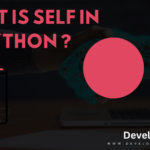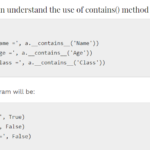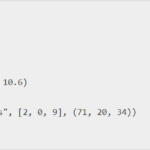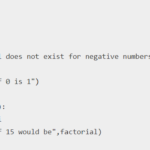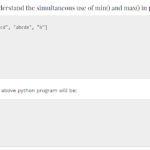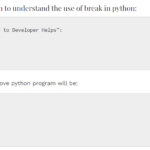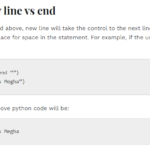In this tutorial, we will learn about Python Null. In Python, None is a special value that signifies the absence of a meaningful value or a null value. It functions as a placeholder indicating that a variable, function, or result lacks a valid data value. People frequently use None for initializing variables prior to assigning them a specific value.
It also serves as a default return value for functions that lack explicit return statements, and aids in verifying if a variable possesses a valid value within conditional statements. This standardized approach is employed to manage situations in which an anticipated value is absent or undefined.
RELATED POST : What is Self in Python?
How to use None object in Python ?
Python represents the concept of “null” with the None value. None is a special object that signifies the absence of a value or a null value. People commonly use it to indicate that a variable or result lacks a meaningful value.
1. By Assigning None
You can assign None to variables to indicate the absence of a value.
my_variable = None
2. Function return None value
Functions that don’t explicitly return a value return None by default.
def my_function():
# Some code here
return None
3. Based on Conditional Check
You can use None in conditional checks to test if a variable holds no value.
if my_variable is None:
print("The variable has no value.")
else:
print("The variable has a value.")
4. Default value
None frequently serves as the default value for optional function parameters.
def greet(name=None):
if name is None:
print("Hello, anonymous!")
else:
print(f"Hello, {name}!")
greet()
greet("Rolex")
Output:
Hello, anonymous!
Hello, Rolex5. Data Structures and Objects
Some data structures, like dictionaries, lists, or sets, can hold None as a value just like any other value.
Remember that None is distinct from other values like 0, False, or an empty string (""). It’s specifically used to represent the absence of a meaningful value.
6. List Initialization
Lists can hold None as a valid element, which can be useful when you want to indicate missing data.
data = [None, 42, None, 73, None]
None Object in Traceback
Deciphering the presence of None in tracebacks is about understanding where and why None appears in error messages and stack traces when your Python code encounters an issue. Here’s a breakdown:
- Error Messages and Traceback: When your Python code encounters an error, the Python interpreter generates an error message along with a traceback. The traceback is a series of lines that shows the sequence of function calls leading up to the error. It helps you understand where the error occurred and how the program got to that point.
- None in Traceback:
Nonecan appear in tracebacks for a few reasons:- Unintentional None Assignment: If you accidentally assign
Noneto a variable or returnNonefrom a function when you didn’t intend to, this can lead to unexpected behavior or errors later in your code. - Function Return Values: If a function is expected to return a value, but it returns
None, subsequent code that relies on that returned value might not work as expected. - Incorrect Function Calls: If you call a function and its return value is expected to be used later, but the function returns
None, it could lead to errors when you try to operate onNone.
- Unintentional None Assignment: If you accidentally assign
def calculate_sum(numbers):
if not numbers:
return None
return sum(numbers)
data = [1, 2, 3, 4, 5]
result = calculate_sum(data)
print(result * 2) # This line would raise a TypeError since result is None
- Debugging: To decipher
Nonein tracebacks, carefully inspect the traceback to identify where theNonevalue originates. Look at the function calls, return statements, and assignments that lead to theNoneappearing in your code. - Fixing: To fix issues related to
Nonein tracebacks, review your code whereNoneis being returned or assigned. Ensure that functions return meaningful values and that variables aren’t unintentionally assigned toNone. Additionally, consider adding proper error handling to catch and handle cases whereNonemight be encountered unexpectedly.

